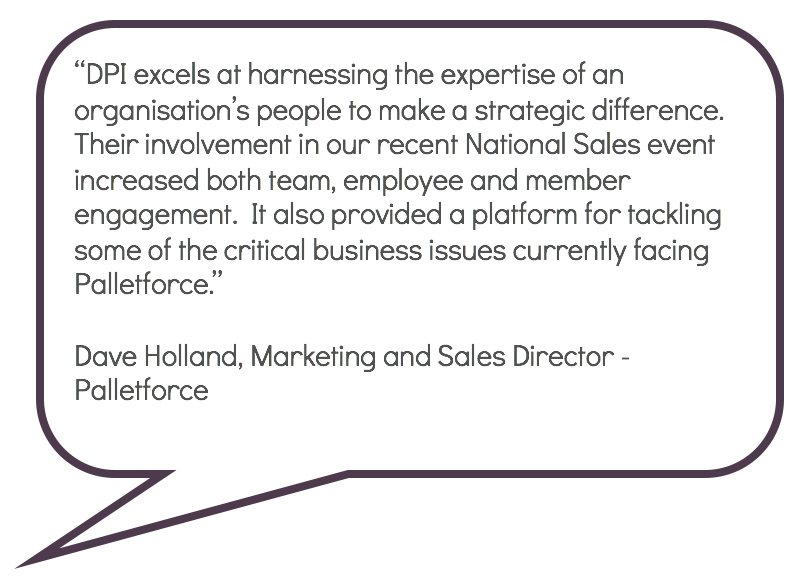Engagement
Organisations seek ways to improve and measure employee engagement and introduce engagement initiatives for two main reasons:
- Engaged employees outperform others.
- Engaged employees ‘go the extra mile’.
When organisations are considering embarking on any change, for example, taking a new strategic direction, enhancing organisational performance, seeking new and innovative ways to improve products or concepts, they’re going to need and want that superior performance and that ‘extra mile’ commitment from their employees to maximise performance and minimise the impact of this change.
One inspiring speech from senior leaders is not enough to secure the desired levels of engagement that are needed to evoke superior performance and commitment. Engagement needs to be committed to by organisations on a repeated and continual basis.

Can you recognise any of the following Barriers to Engagement in your organisation?
Barrier to Engagement: Affect on Employee Engagement:
How effectively are you contributing to improving engagement levels in your organisation?
Contributor to Engagement: Affect on Employee Engagement:
How to Engage?
We are firm advocates of the ‘engage by doing’ approach. We have seen our clients’ employee engagement levels soar, effortlessly, during and after working with one of our frameworks. Some examples of how our frameworks drive engagement within organisations:
Our Strategic Thinking Process secures the cohesion and commitment of the leadership team on the future direction and driving force of a business as it works with leadership teams to create a game-changing strategy for growth.
Our Stealth Threat Process builds a team of high-potentials to challenge the current strategic direction of the business. Innovation, teambuilding, buy-in and individual development are all tangible engagement results of working with this framework.
Our Situation Management Process continues to manage organisational change and individual situations long before these challenges become problems. Therefore reducing the amount of ‘reactive decision-making’.
However, increasing engagement levels during and post workshops isn’t enough; engagement needs to become part of an organisation’s culture. This is achieved through clear, consistent and regular communication from the Leadership Team, excellent decision-making cascaded throughout the organisation, regular opportunities for two-way feedback on individual performance and the direction of the business and fair policies and structures to support the above initiatives.
In addition, if you would want to get your people brainstorming in groups we license our unique, proprietary brainstorming app ‘Pelotoning’ within organisations. Pelotoning is a powerful tool that is used by organisations to seek the consensus opinions, views, feedback of their employees at any time and collate this feedback instantly. Find out more about Pelotoning here.
We have also created employee survey software which we use to create bespoke, on-line surveys regarding any aspect of a business from feedback on a new product idea to opinions on a new performance review system. This is used in conjunction with or as an alternative to Pelotoning or when it is difficult to get groups of employees together (for example in a call centre or hospital shift workers) or when participants may wish to answer anonymously or individually.
Papers on engagement:
The CIPD’s Research Insight on Engagement
Engage for Success – The Evidence white paper on Engagement
EE Awards White Paper on Motivating the Workforce in 2020

